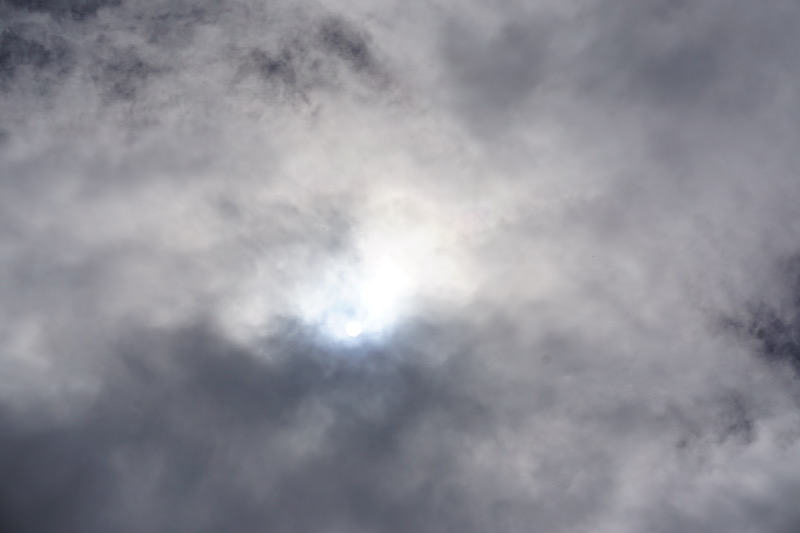by Teresa Donati
There is so much fuss this Advent, that on the Solstice, December 21st, Jupiter and Saturn will be so close that they will look like one planet, and shine as brightly as a star. It is rare to have them so visibly close. Speculations now abound: is this the ‘star’ that the the Magi, the wise men, followed to the Holy Child? The event is an eagerly perceived resonance of the Nativity story in the Gospel of Matthew (2: 1-12).
It would be wonderful if we knew at last, just what that nativity ‘star’ actually was. But to think this year’s blessed celestial event mirrors the wise men’s journey, that astronomy has ‘solved the mystery,’ might be reconsidered. That Gospel ‘star’ is ineffable, inexpressible and holy, for the answer to be that simple.
My view of this wonderful planetary conjunction is that it is indeed a glorious heavenly gift for Advent, that the Grinch has not had his day, but also that we should look more closely at this wondrous, and yes, supernatural story.
Immediate notice: I am treating the story as true. Ironically, many have argued that it is a confusing legend, that it might not have happened, that it may have occurred years after Jesus was born because Herod, hearing a king was a baby boy, ordered all male children under the age of two to be killed. Why two, if the baby had just been born?
And then: did the Magi follow a star? They followed what seems to have been some light that did not disappear, even as the planets moved. They travelled in a heavenly tradition found in so many holy books, which see the skies as the realm of God:
‘Look down from Your holy habitation, from heaven,’ Deuteronomy sings (26:15), asking God’s blessing on the people. Isaiah too, in his beautiful invocation (63:15), calls on God’s forgiveness and love, saying:
‘Look down from heaven,
And see from Your habitation, holy and glorious.’
Looking to heaven for signs is not reserved for the priests/astronomers/wise men/kings, whom the Gospel story describes. But what might really have been happening? Was it in fact a miracle far beyond any planetary conjunction, even if that conjunction had been the first signal to travel toward Bethlehem? Think about it: that ‘star’ – God’s shining finger pointing the way – impelling them on that incredible journey, in the star’s direction, and finding it over the stable.
Which brings us to this question: a journey from whence? They were ‘wise men from the east.’ Where, exactly, was that ‘east?’
If they came from Persia (modern Iran) as some traditions hold, consider the distance. One look at the map says it all. From anywhere in Persia (let alone farther east), the distance they had to travel was extraordinary for the time, going overland presumably by camel. Whatever the point of origin, they had to cross (using modern national names) Iraq, maybe Kuwait, then Saudi Arabia, and finally Israel. And once in Israel, it was a matter of getting to Bethlehem. If they went from Tehran to Bethlehem, they traveled 973 miles. By camel. Astounding. If you went by horseback from New York to Chicago, you would travel about 780 miles. Imagine another 200 miles yet further. Imagine the time, the weather, the difficulties.
If the Wise Men arrived at the stable, they had to have seen the star, the omen, the beckoning heavenly sign, long in advance of the actual birth. They didn’t just hop on a camel and ride over to present their gifts.
It took a poet to put that whole adventure into glorious and sobering verse. T.S. Eliot’s ‘The Journey of the Magi’ describes the long and difficult traveling:
the night-fires going out, and the lack of shelters,
And the cities hostile and the towns unfriendly
And the villages dirty and charging high prices:
A hard time we had of it.
After that, he says the Magi decided to travel at night.
Although the star ‘traveled before them,’ the poet had the good sense not to say they traveled at night to see the star. It was rather because of the travails of the journey, the difficulties in an age long before sure roads, dependable lodgings, legal protections.
But the key to the star, the poet’s message, summarizes the whole Christian Scriptures in these lines of verse:
All this was a long time ago, I remember,
And I would do it again….
…..
…this Birth was
Hard and bitter agony for us, like Death, our death.
We returned to our places, these Kingdoms,
But no longer at ease here, in the old dispensation,
With an alien people clutching their gods.
….
That, of all the messages of star, is the one that matters most. The late, great Chinua Achebe (1930-2013), writing of his native southeastern Nigeria under colonialism, entitled his first novel, ‘Things Fall Apart’ (1958), and its sequel, ‘No Longer At Ease’ (1960). The character of the nation had changed with the colonizing presence; the old gods were in disarray.
That is what the star led to: a world whose old beliefs had to be turned in a new direction, no comfort in trying to hold on to ways. There was a new, hard message that we call Christianity. Joy, yes. But struggle, for sure, with our very natures, relaxing into complacency no longer possible, leaving us no longer at ease. The Magi saw those signs so long ago.
So we bring our hearts to Bethlehem, and perhaps God has brought the planets to a rare alignment this year as a shining mercy for our hearts, that the heavens’ glory may also be marking the end of a dark and fearful pandemic year. We look for signs, always. And offer gratitude when they are given.

